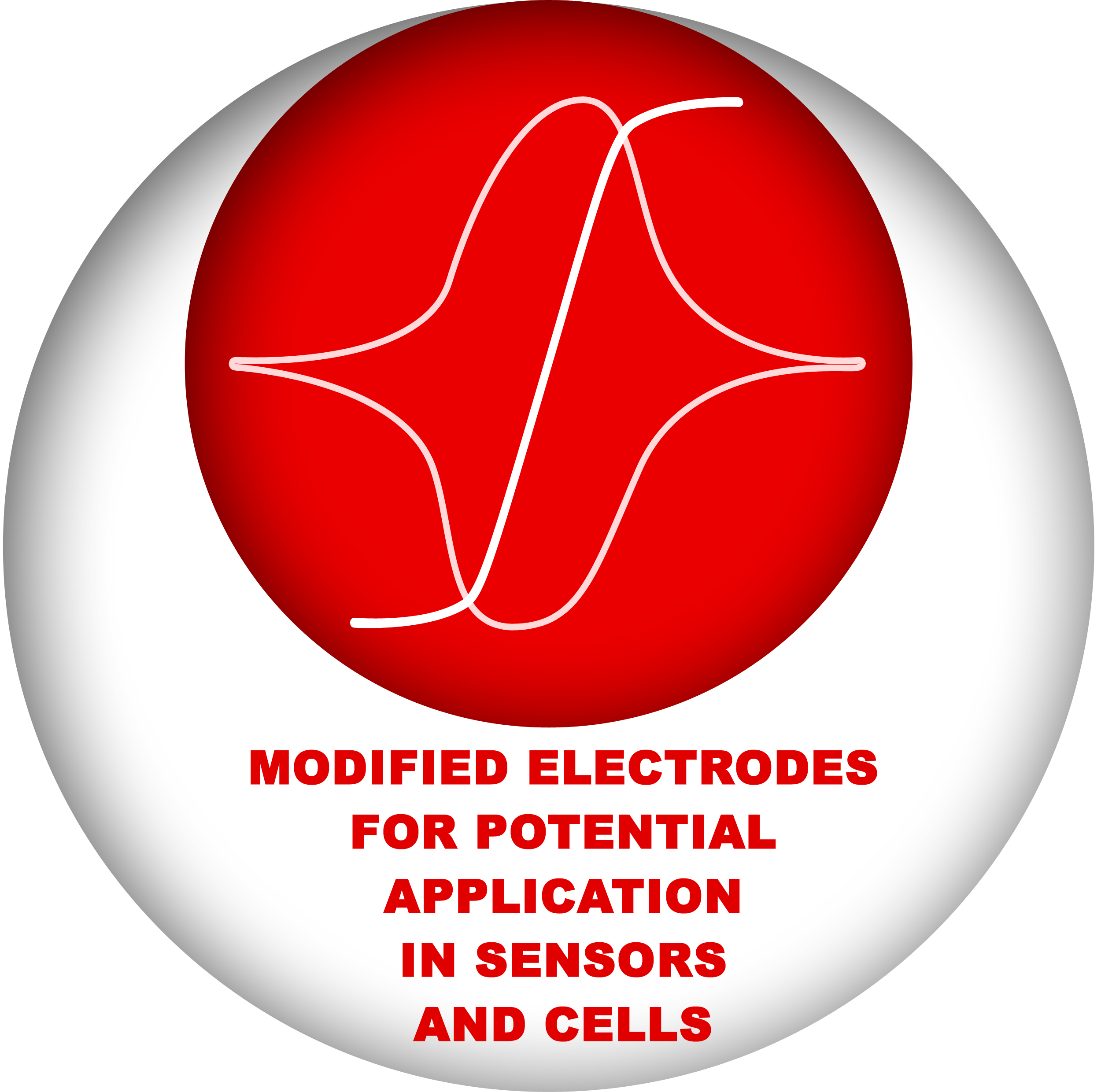Research
Electrocatalysis at Droplets
This project is oriented towards two important issues connected with mastering renewable sources of energy and decrease of green house effect. In particular our goal is to find favourable conditions for production of hydrogen and hydrogen peroxide This in the future may pave the way toefficient generation of the highly desirable fuel and material from renewable source (water, dioxygen).The project is also oriented towards better understanding of the processes at liquid|liquid interface and development of methods of their investigation.
Two key reactions: hydrogen peroxide and hydrogen generation are studied at liquid|liquid interface. This interface is formed by electrolyte solutions in organic polar solvent (1,2-dichloroethane, trifluorotoluene, 2-nitrophenyloctyl ether) and water or by hydrophobic ionic liquid and electrolyte aqueous solution. The acid dissolved in aqueous phase serves as a source of protons for both reactions, whereas O2 dissolved in both phases is reduced during H2O2 generation. Organic phase contains also electron donor (metallocene). In some cases organic phase is reduced to droplet deposited on the electrode surface or (when viscous as 2-nitrophenyloctylether or hydrophobic ionic liquid) it serves as a binder of carbon paste electrode. It this case oxidised form of electrod donor can be regenerated. The generated products are studied by UV-vis spectroscopy and Scanning Electrochemical Microscopy. In the latter case new methodology of determination of H2O2 and H2 is developed.



